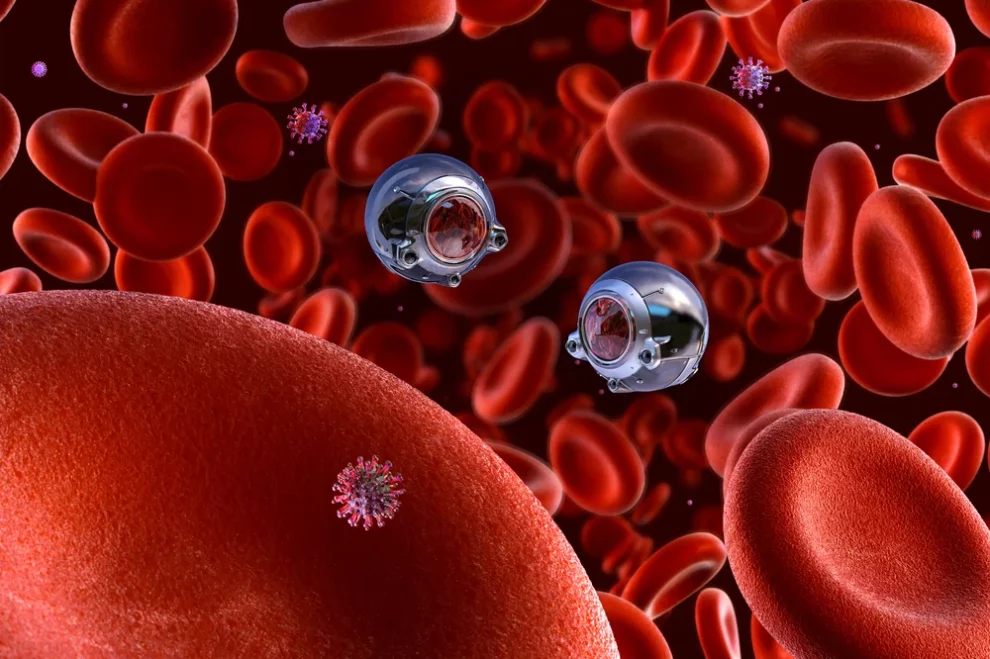Our planet is an intricate web of complex, interconnected ecosystems. Monitoring the health of these environments is crucial for understanding climate change patterns, predicting ecological shifts, and working towards sustainability.
However, traditional methods of environmental monitoring often involve bulky equipment, limited accessibility to remote locations, and high operational costs. Now, a new breed of ingenious environmental monitoring heroes is emerging – autonomous microrobots.
Microscopic Marvels: Introducing Microrobots
Microrobots are miniature machines typically fabricated using MEMS (microelectromechanical systems) technology. Although smaller than a grain of rice, they possess remarkable capabilities:
- Navigate autonomously using sensors and actuators
- Perform diverse programmed tasks from sampling to manipulation
- Access extremely confined spaces
Computer Vision: The Eyes of Microrobots
To effectively monitor their surroundings, microrobots need “eyes” – that’s where computer vision comes in. By integrating miniaturized cameras and image processing algorithms, microrobots can:
- Collect visual data through images and video
- Identify environmental elements like plant species or pollution levels
- Navigate unfamiliar environments
AI: Empowering Microrobots with Intelligence
Additionally, incorporating AI and machine learning algorithms allows microrobots to:
- Continuously improve their efficiency by learning from experiences
- Adapt in real-time to changing environments
- Make data-driven decisions about alerts and appropriate actions
Revolutionary Applications of Microrobots
Equipped with AI and computer vision, autonomous microrobots can transform how we monitor environmental health in groundbreaking ways:
Water Quality Monitoring
Microrobots can navigate bodies of water to measure parameters like pollution levels, temperature, and turbidity in real-time.
Air Quality Monitoring
When embedded with compact air quality sensors, swarms of microrobots can be unleashed in cities to create detailed, block-by-block pollution maps.
Soil Health Assessment
By collecting and analyzing soil samples, microrobots can evaluate metrics such as fertility and contamination to determine interventions.
Precision Agriculture
Microrobotic swarms equipped with multispectral cameras and sensors can identify crop issues, target pesticide delivery, and reduce environmental impacts.
Biodiversity Monitoring
Stationed in fragile ecosystems, microrobots can collect and transmit visual evidence on floral and faunal biodiversity shifts.
The Road Ahead: Challenges and Opportunities
While autonomous microrobots show immense potential, certain barriers need to be overcome first:
- Miniaturization of sensors and actuators
- Improving battery life and energy efficiency
- Developing biodegradable materials
- Establishing ethical frameworks and environmental impact guidelines
However, with ongoing innovations in nanotechnology and biomimicry, the future looks bright for ubiquitous, non-invasive environmental monitoring through microrobotic swarms.
Conclusion
Driven by artificial intelligence and computer vision, autonomous microrobots are poised to revolutionize ecological monitoring. These microscopic marvels promise to unlock unprecedented insights into environmental patterns and processes.
As interdisciplinary teams of scientists and engineers continue honing the technology, microrobots may soon become integral sentinels safeguarding the health of ecosystems worldwide. The era of tiny titans monitoring our planet has arrived.
















Add Comment